The numbers are in for GLAAD's annual "Where We Are on TV" report, and although LGBT representation has improved overall, an overwhelming lack of racial diversity still plagues mainstream television.
"Each of us lives at the intersection of many identities and it's important that television characters reflect the full diversity of the LGBT community," said Sarah Kate Ellis, CEO and president of GLAAD, in the report's introduction.
The report -- which analyzed characters on prime-time, scripted programs airing on broadcast networks, as well as cable networks and streaming services for the 2015-2016 TV season -- found that over 70 percent of LGBT characters on cable networks and streaming services were white, despite overall racial diversity increasing since last year.
GLAAD, which has been compiling racial data for over 11 years, also found that although the representation for black characters is at its highest point, of the 145 regular black characters on TV, only 59 are black women.
"It is not enough to just include LGBT characters," said Ellis. "Those characters need to be portrayed with thought and care to accurately represent an often tokenized community."
In light of these discouraging statistics on the racial diversity of LGBT characters, there was still plenty of growth to report in this year's edition of "Where We Are on TV."
According to GLAAD, the number of regular LGBT characters went from 64 to 84 this year on cable, and there are now 58 recurring LGBT characters as opposed to 41 in 2014.
The visibility of bisexual men also rose from just 10 characters to 18, and women now make up 43 percent of the prime-time broadcast landscape. That is up from 40 percent, but still below where it should be considering women make up half of the world's population.
"We've witnessed tremendous progress in television since GLAAD began tracking the presence of LGBT characters 20 years ago, but there is still a great deal of work to be done and many new and exciting stories to be told," said Ellis. "We will continue to applaud networks and streaming services telling these stories -- and holding their feet to the fire when they don't."
Read the full report at GLAAD.org.
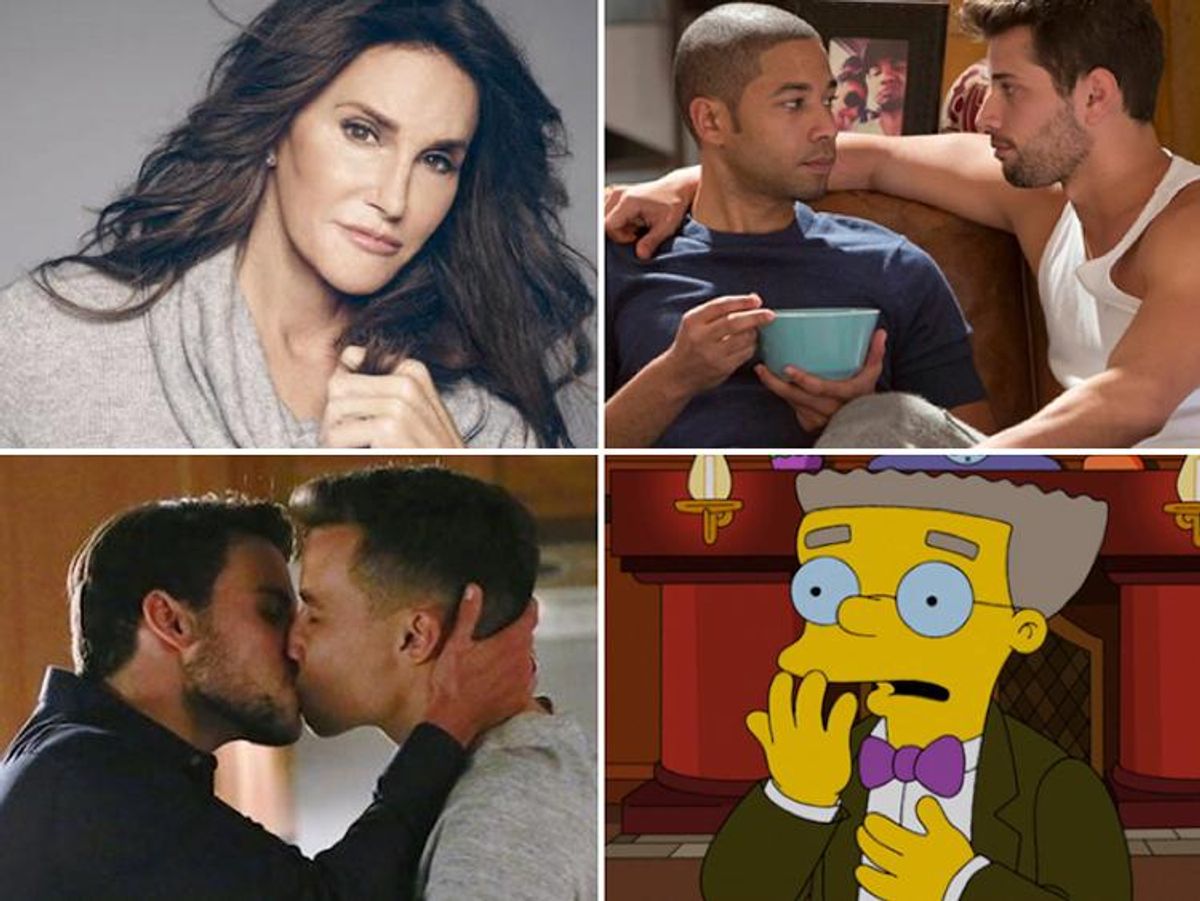

















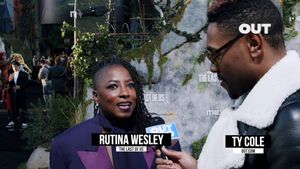








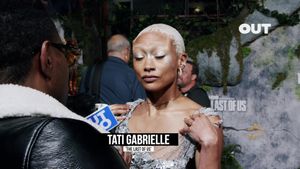
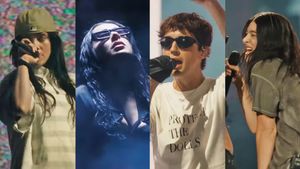
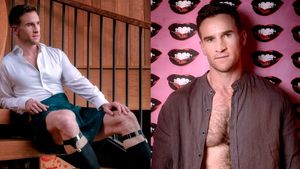





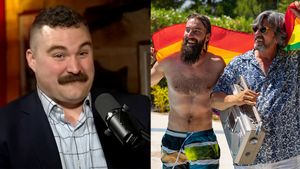

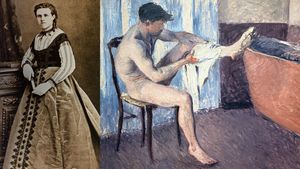




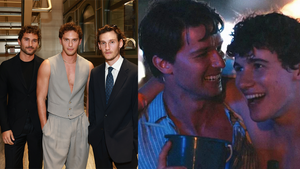

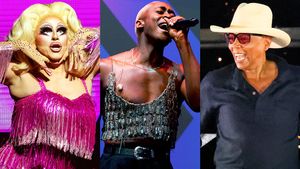

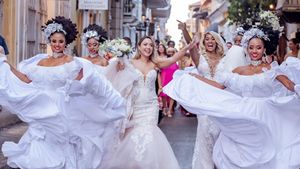


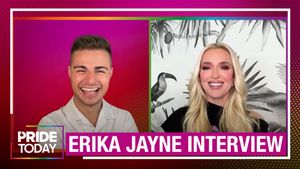
































Fans thirsting over Chris Colfer's sexy new muscles for Coachella